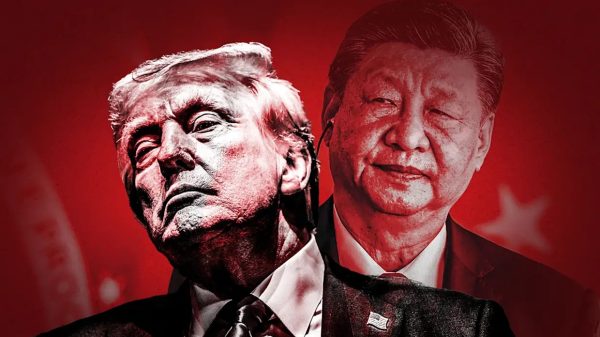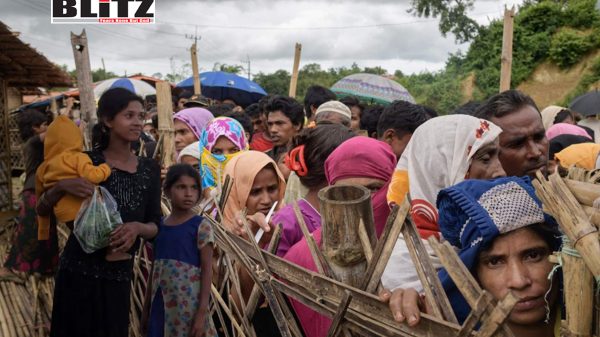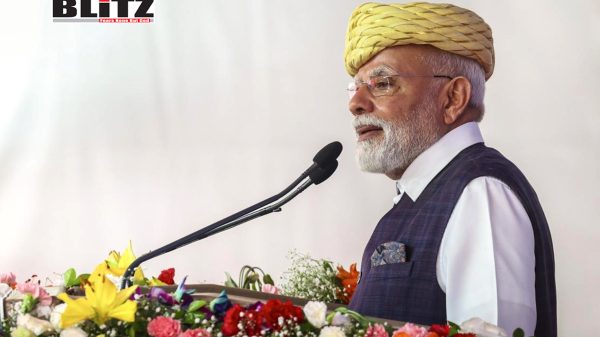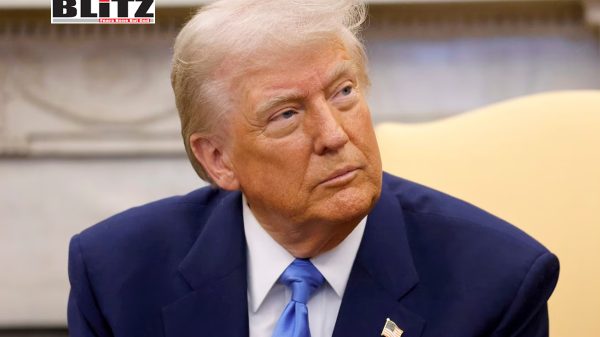From Himalayas to the Indian Ocean: Geography and India’s global outreach
- Update Time : Monday, September 22, 2025
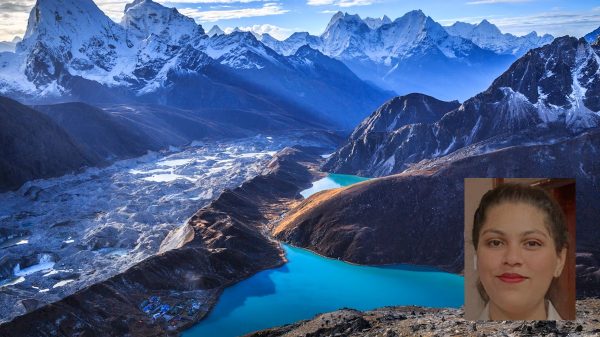
With sound diplomatic strategies and a coherent foreign policy, India has the capacity to overcome the limitations of difficult borders, assert its role in the Global South, and foster cooperation in an emerging multi-polar world, writes Aarya R. P. Sardesai
In the contemporary world of shifting power equations and rising multi-polarity, geography continues to play a defining role in shaping national destinies. For India, a civilizational state situated at the heart of South Asia and flanked by the Indian Ocean, geography is not merely a backdrop but a dynamic factor influencing its politics, economics, diplomacy, and security. At a time when global conversations focus on strategic competition, supply chain resilience, and the Indo-Pacific order, India’s geography serves as both a challenge and an opportunity, framing its interactions with neighbors and its outreach to the wider world.
Geography is a simple word, but it contains a detailed meaning. Often in school, climatic conditions, phases of the moon, or solar and lunar eclipses seemed magical, but the complex processes behind them revealed that geography is both surreal and a divine blessing.
In the study of international relations and geopolitics, it becomes evident that the geography of a country plays a vital role in determining its future and its place in the ever-changing world order. Modernization and urbanization evolve constantly, yet the geographical treasure of a nation remains timeless and precious. India, with the Himalayas, the sacred Ganga, and the vast Arabian Sea, Indian Ocean, and Bay of Bengal, illustrates how geography has shaped political, social, cultural, economic, and military trajectories.
How would one feel if kept secluded from family and a healthy environment required for growth, provided only with basic amenities like food, clothing, and shelter? It would be frustrating and depressing. Luckily, India never faced this dilemma, as its geographical location has been apt for development, growth, and regional reach. Nestled at the juncture of South Asia, India engages in strategic and active involvement not only in regional politics but also in global affairs. Representing the diversity of a continent rather than a monotonous landscape, India encompasses deserts, deltas, mountains, and plains, while carrying the legacy of one of the world’s richest civilizations, the Indus Valley. The biodiversity of the Western Ghats and the endless ecological variety reinforce this diversity.
As a developing country, India faces immense challenges daily, deliberating on how best to harness international forces, geographical constraints, and man-made obstacles. Its primary objective has been to stand firm in the global order, a journey that began with independence from imperial rule. Having been exploited and weakened, India had to re-emerge as a strong nation — and it was not an easy task. Its role during the Cold War and commitment to non-alignment projected a politically independent image on the world stage. India avoided alignment with any single superpower, despite knowing the risks, and sought instead to maintain balance of power and stability — a tradition still visible in its participation in platforms like QUAD, SCO, and G20. Strategic location has consistently reinforced the success of its diplomacy. Post-independence, India has been seen as not only a culturally and historically rich nation, but also technologically advanced, strategically capable, and deeply humanitarian.
The notion of “prisoners of geography” suggests that states are entirely bound by their geographical conditions. Yet India defies this idea. Despite geographical challenges and constraints, it has extended beyond its borders to connect with the world. However, the regional environment remains crucial: a stable neighborhood is vital, particularly given persistent challenges with Pakistan and the People’s Republic of China. Sandwiched between two nuclear powers often hostile to its progress, India faces regular security threats — terrorism and illegal migration from Pakistan, and territorial encroachments from China. To counter these, India has adopted strategies such as the “Necklace of Diamonds” and deepened participation in security dialogues like QUAD, while maintaining diplomatic negotiations to build a sustainable neighborhood.
India’s vast maritime border has been both a blessing and a challenge. It has enabled regional outreach, particularly with island nations and the Global South, but also exposed vulnerabilities, as seen in the 26/11 Mumbai attacks. The presence of difficult neighbors has also increased defense expenditures. Economically, dependence on Chinese imports outweighs exports, creating disadvantages. Pakistan, by blocking India’s connectivity with Afghanistan and Central Asia, has rendered SAARC largely ineffective. Yet India has continued to expand its global influence — culturally, socially, religiously, economically, and strategically.
India’s foreign engagements illustrate this trajectory. In West Asia, India imports over 60% of its crude oil from countries such as Saudi Arabia, Iraq, and the UAE, while leveraging its diaspora of over 9 million workers whose remittances sustain the economy. With Iran, India is developing the Chabahar Port, creating connectivity to Afghanistan and Central Asia while countering Pakistan’s Gwadar Port. With Israel, cooperation extends across defense, agriculture, and technology. Mini-lateral initiatives such as I2U2 (India–Israel–UAE–US) and the India–Middle East–Europe Economic Corridor (IMEC) strengthen connectivity to global markets. In Africa, India promotes development partnerships, infrastructure financing, maritime security, and vaccine diplomacy. In East Asia and the Indo-Pacific, it advances the Act East Policy, deepens ties with ASEAN, and works closely with Japan and Australia through QUAD. In Europe, India partners with France in defense and space, negotiates trade agreements with the UK and EU, and develops connectivity projects as alternatives to China’s BRI. With the United States, it has signed foundational defense agreements and elevated Indo-Pacific cooperation, while also building trade and energy ties with Latin America. At the multilateral level, India plays an active role in BRICS, G20, and UN peacekeeping, while championing global initiatives like the International Solar Alliance.
Taken together, these engagements highlight how India has leveraged geography as an opportunity rather than a limitation. Hostile neighbors have not prevented India from reaching out in times of crisis — from humanitarian relief to vaccine diplomacy during COVID-19. Geography, therefore, is not destiny but a shaping factor. With sound diplomatic strategies and a coherent foreign policy, India has the capacity to overcome the limitations of difficult borders, assert its role in the Global South, and foster cooperation in an emerging multi-polar world.
At the same time, much more needs to be done — from modernizing infrastructure and strengthening maritime capabilities to deepening regional integration — if India is to fully turn its geographical position into a strategic advantage.
Aarya R. P. Sardesai is a first-year masters student at the University of Nalanda. She also worked as a research intern with India’s premier policy research think tank, NITI Aayog.


